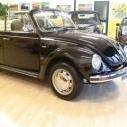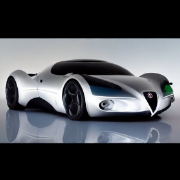BYD Seal 06 GT 2024
-
Contenuti simili
-
Jean-Philippe Imparato chiama Autopareri
Pubblicato da AleMcGir,
- bev
- lancia pu+ra
- (e 8 altri in più)
- 4 risposte
- 482 visite
-
- 36 risposte
- 4934 visite
-
Toyota Urban Cruiser BEV 2025 1 2
Pubblicato da j,
- toyota ufficiale
- e vitara 2025
- (e 10 altri in più)
- 13 risposte
- 1403 visite
-
-
-









.thumb.jpg.902d2a4f20a129e92b6f6920407b81bd.jpg)







.thumb.jpg.d20c5008a881490f9c7f843d442a34f8.jpg)










Messaggi Raccomandati:
Crea un account o accedi per lasciare un commento
Devi essere iscritto per commentare e visualizzare le sezioni protette!
Crea un account
Iscriviti nella nostra community. È facile!
Registra un nuovo accountAccedi
Sei già registrato? Accedi qui.
Accedi Ora